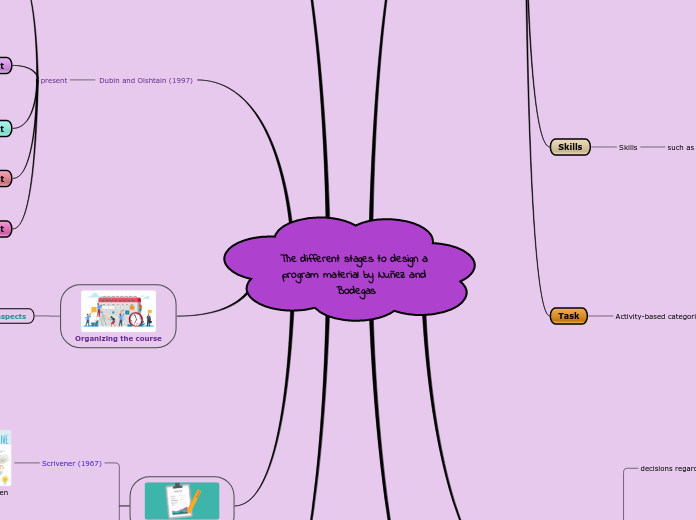The different stages to design a program material by Nuñez and Bodegas
SYLLABUSES
Structural
Structures

Grammatical
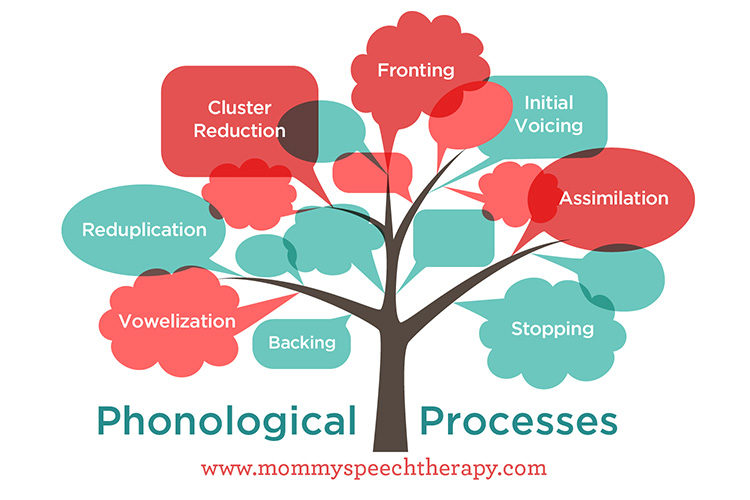
Phonological
Organizing
principles-sequenced
from:
easy to difficult
frequency
Situational
Situations
such as at
the bank
a restaurant
the supermarket
form
organizing principle-sequenced
Structural sequence
may be in the
background
Topical

Themes
such as
health
food
clothing
Functional
Functions
such as
identifying
reporting
correcting

describing
form
organizing principle-sequenced
chronology
usefulness

of
each function
Notional
Conceptual categories
such as
duration
quantity
location
are the basis
organizing sequenced
chronology
usefulness
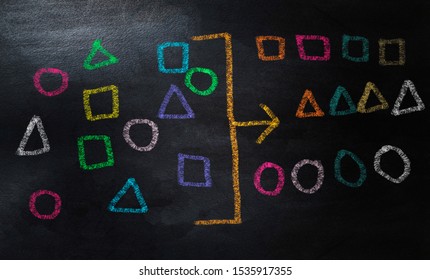
of
each notion
Skills
Skills
such as
listening for
gist
main ideas
inferences
scanning a reading passage

specific information
Task
Activity-based categories
such as
drawing maps
following directions
following instruction
are the basis
organizing sequenced
chronology
usefulness

of
each task
Language tasting
Development of tests
Norm-referenced
compare the relative

performance of students
Criterion-referenced
measure the amount of
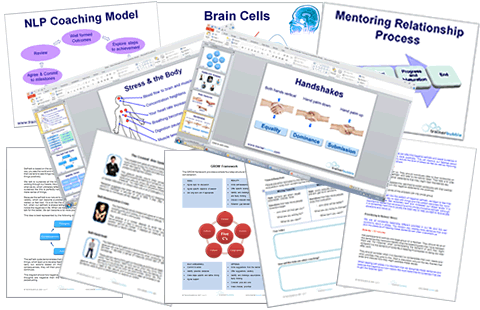
course material learned
Dubin and Olshtain (1997)
present
The Linear Format
adopted for
discrete element content
particularly grammar
structures
teachers cannot
change order of units
skip some
The Modular Format
well suited to courses
thematic
situational
contents
Academically
oriented units
integrated
The Cyclical Format
Organizational principle
enables
teachers
learners
The Matrix Format
gives users
maximum flexibility
to select topics
table of
contents
random order
The story-line format
Narrative
Different type than others
can be used
in conjunction
with any of them
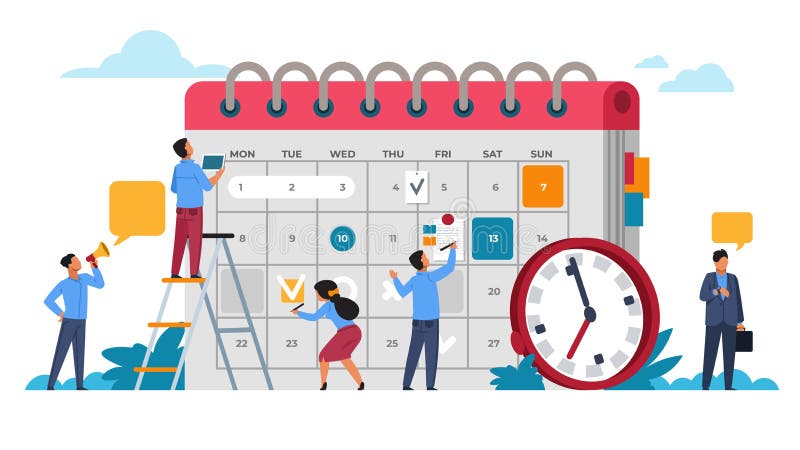
Organizing the course
five aspects
Determining the organizing principles
Identifying the course units
Sequencing the units
Determining unit content
Determining unit content
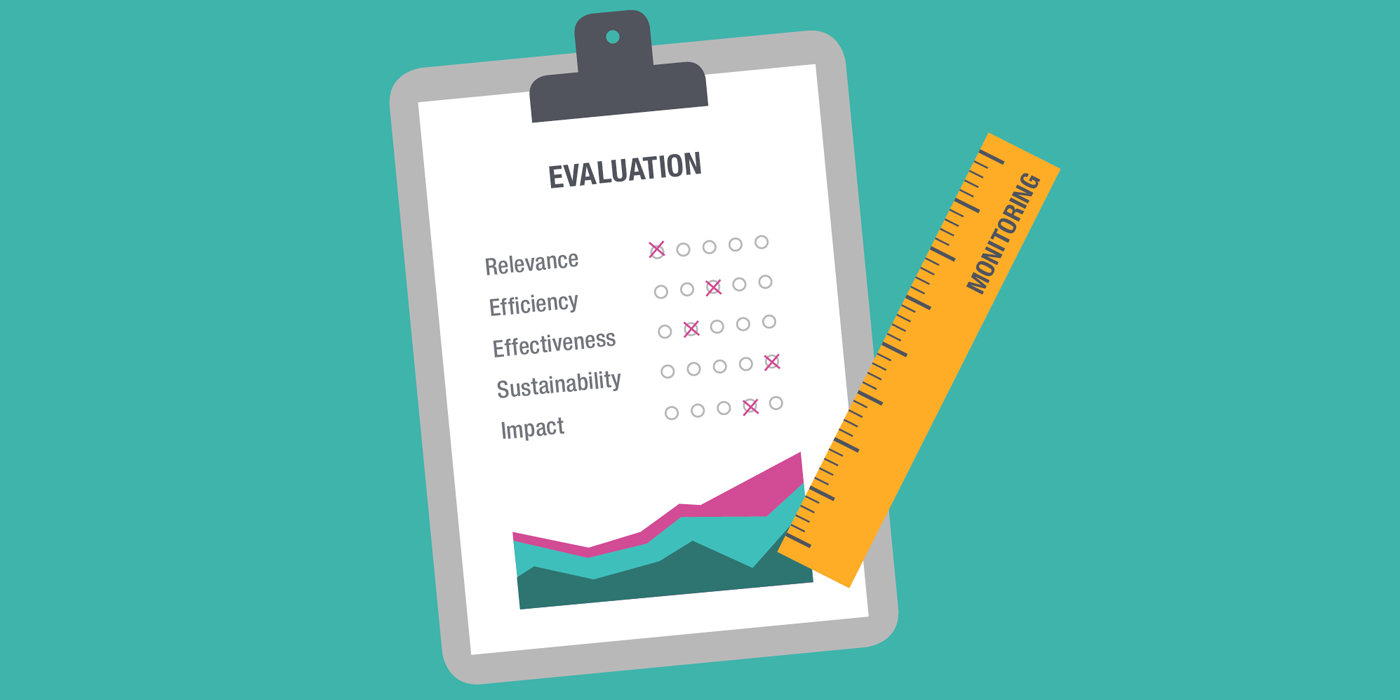
Evaluation
Scrivener (1967)

distinction between
Formative
improving
ongoing
programmes
Summative
effects of a programme
Beretta (op. cit; 276)
gives a list of purposes of evaluation
To decide
intended effects
To identify
effects of a programme
To justify
future courses of action
To identify
areas for improvement
Curriculum refers to
totality of
content
to be taught
aims
to be realized

within educational
system
Materials
decisions regarding
approaches
syllabuses
techniques
exercises
should always be left up
to individuals
strategy
approaches
needs
objectives
tests
teaching and program
related to
each
other
materials
Materials development
choices based on
students learning
according to

goals
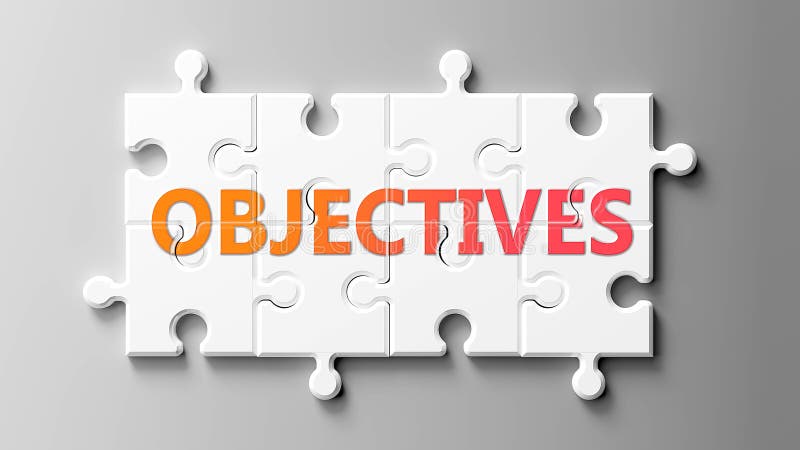
objectives
syllabus focus
Syllabus refers to

content
subject matter
individual subject

